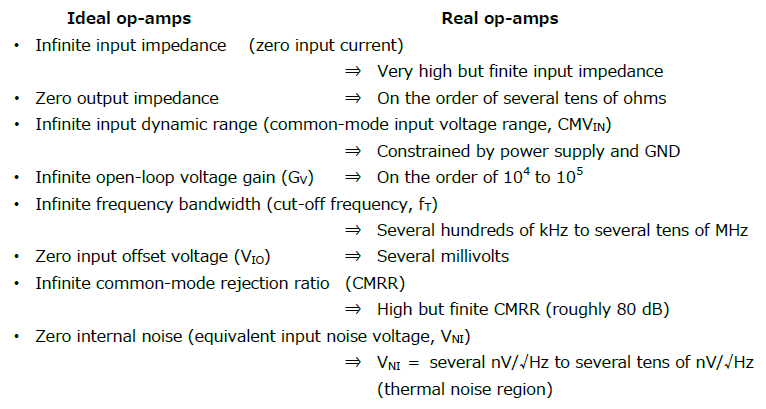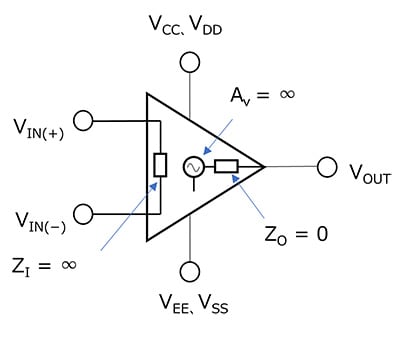- General Top
- SEMICONDUCTOR
- STORAGE
- COMPANY
-
My ToshibaSemicon
- Semiconductor Top
-
ApplicationsAutomotive
Body Electronics
xEV
In-Vehicle Infotainment
Advanced Driver-Assistance Systems (ADAS)
Chassis
IndustrialInfrastructure
BEMS/HEMS
Factory Automation
Commercial Equipment
Consumer/PersonalIoT Equipment
Healthcare
Wearable Device
Mobile
Computer Peripherals
-
ProductsAutomotive Devices
Discrete Semiconductor
Diodes
Transistors
Logic ICs
Analog Devices
Digital Devices
Wireless Devices
※
: Products list (parametric search)
Power SemiconductorsSiC Power Devices
※
: Products list (parametric search)
Isolators/Solid State RelaysPhotocouplers
Digital Isolators
Solid State Relays
Fiber Optic Transmitting Modules
※
: Products list (parametric search)
MOSFETsIGBTs/IEGTsBipolar Transistors※
: Products list (parametric search)
Diodes※
: Products list (parametric search)
MicrocontrollersMotor Driver ICsIntelligent Power ICs※
: Products list (parametric search)
Power Management ICsLinear ICs※
: Products list (parametric search)
General Purpose Logic ICsLinear Image SensorsOther Product ICsOther Product ICs
※
: Products list (parametric search)
-
Design & Development
-
Knowledge
- Where To Buy
- Part Number & Keyword Search
- Cross Reference Search
- Parametric Search
- Stock Check & Purchase
This webpage doesn't work with Internet Explorer. Please use the latest version of Google Chrome, Microsoft Edge, Mozilla Firefox or Safari.
require 3 characters or more. Search for multiple part numbers fromhere.
The information presented in this cross reference is based on TOSHIBA's selection criteria and should be treated as a suggestion only. Please carefully review the latest versions of all relevant information on the TOSHIBA products, including without limitation data sheets and validate all operating parameters of the TOSHIBA products to ensure that the suggested TOSHIBA products are truly compatible with your design and application.Please note that this cross reference is based on TOSHIBA's estimate of compatibility with other manufacturers' products, based on other manufacturers' published data, at the time the data was collected.TOSHIBA is not responsible for any incorrect or incomplete information. Information is subject to change at any time without notice.
require 3 characters or more.
Characteristics of op-amps (What is the ideal op-amp?)
Generally, it is desirable that amplifiers neither affect the preceding circuit nor be affected by the subsequent circuit. Therefore, amplifiers should have high input impedance and low output impedance.

Op-amps have characteristics close to these requirements. The following compares the ideal and real op-amps:

Although there is no such thing as an ideal op-amp, you can assume the ideal op-amp early in the design stage.
However, you should consider the differences between the ideal and real op-amps when you proceed to the detailed design stage.
For example, if the input impedance of an op-amp is low, its input voltage is derived from the input impedance of that op-amp and the output impedance of the preceding device. The low input impedance of an op-amp also affects its feedback loop.
If the output impedance of an op-amp is not zero, its output voltage is derived from the output impedance of that op-amp and the impedance of its load.
In typical applications, however, the input impedance of an op-amp is negligibly large compared with the input impedance of the preceding circuit, and the output impedance is negligibly small compared with the impedance of the subsequent load. Therefore, these impedances usually do not have a significant impact. The same is true of the other parameters shown above.
Take their impacts into consideration when creating a detailed design.
Related Links
The following documents also contain related information:
- Parametric Search : Operational Amplifier ICs and Comparator ICs
- FAQs : What is the input offset voltage of an op-amp?
- FAQs : What is the maximum frequency at which an op-amp can be used?
- FAQs : What is the common-mode input voltage (CMVIN) of an op-amp?
- Application Notes : Basics of Operational Amplifiers and Comparators (PDF:1.08MB)
- Mini catalog : Introduction to Op amps Comparators (PDF:600KB)



